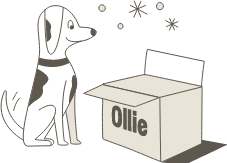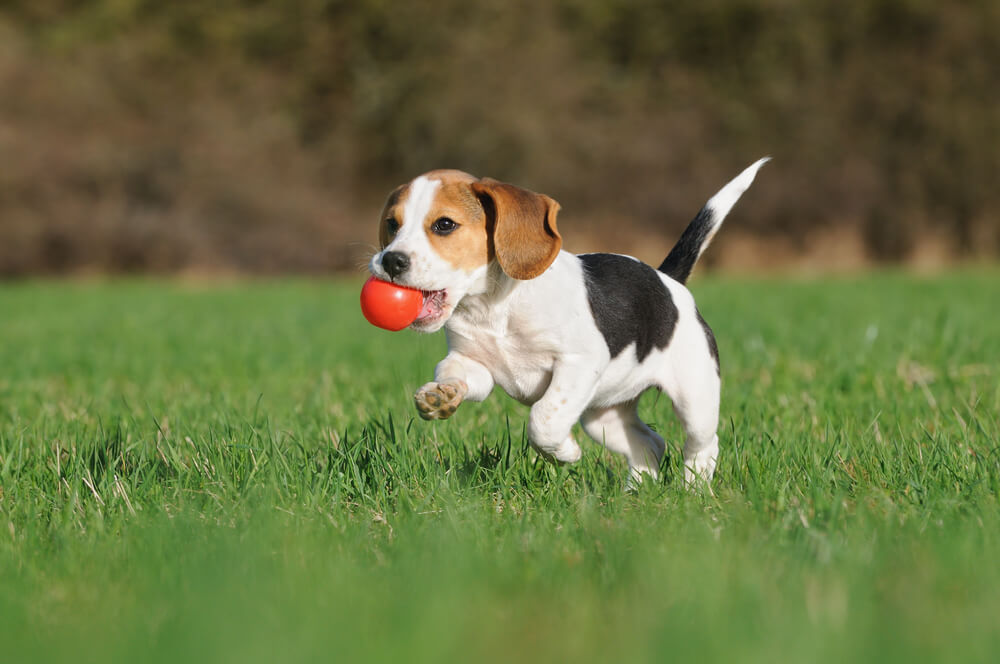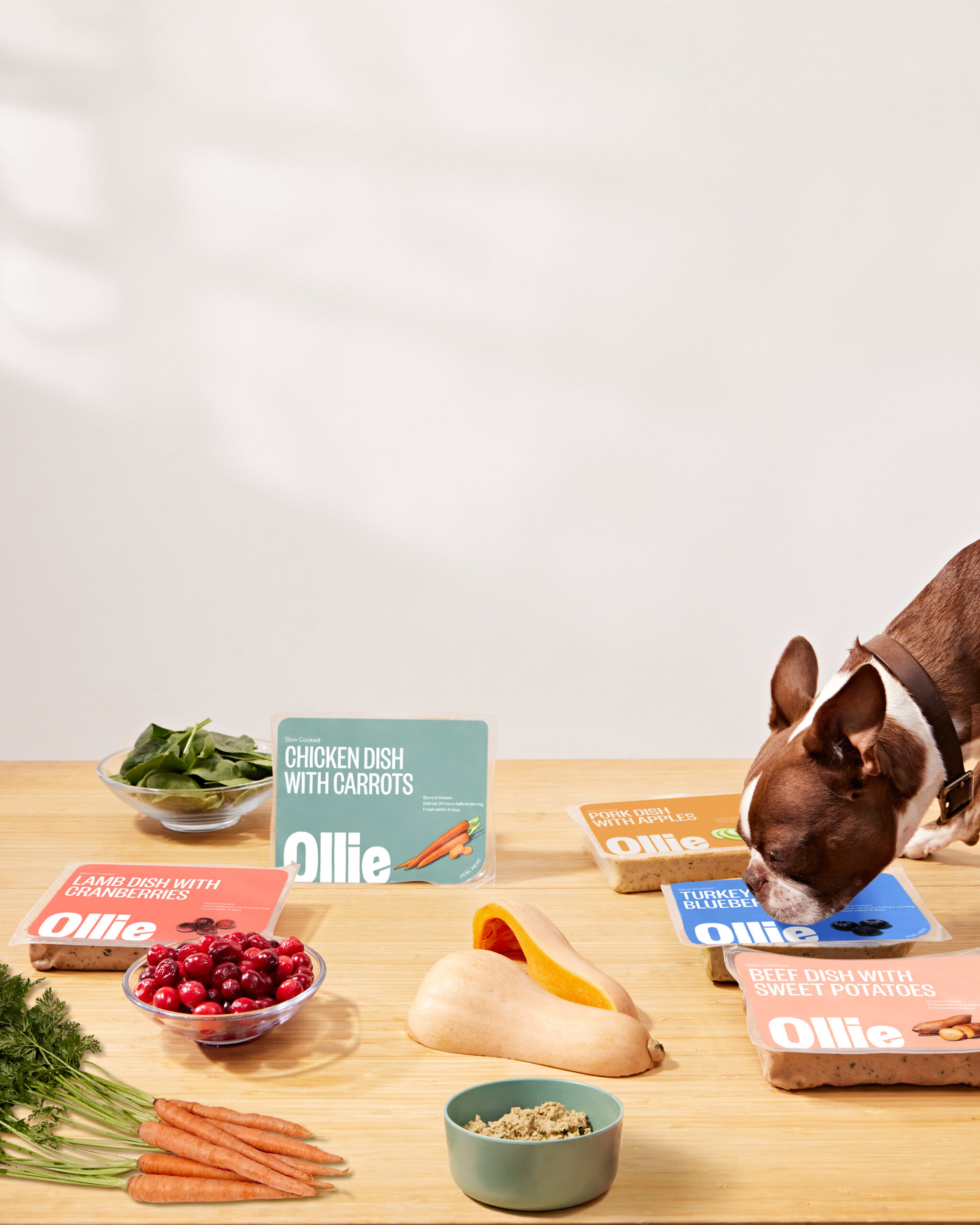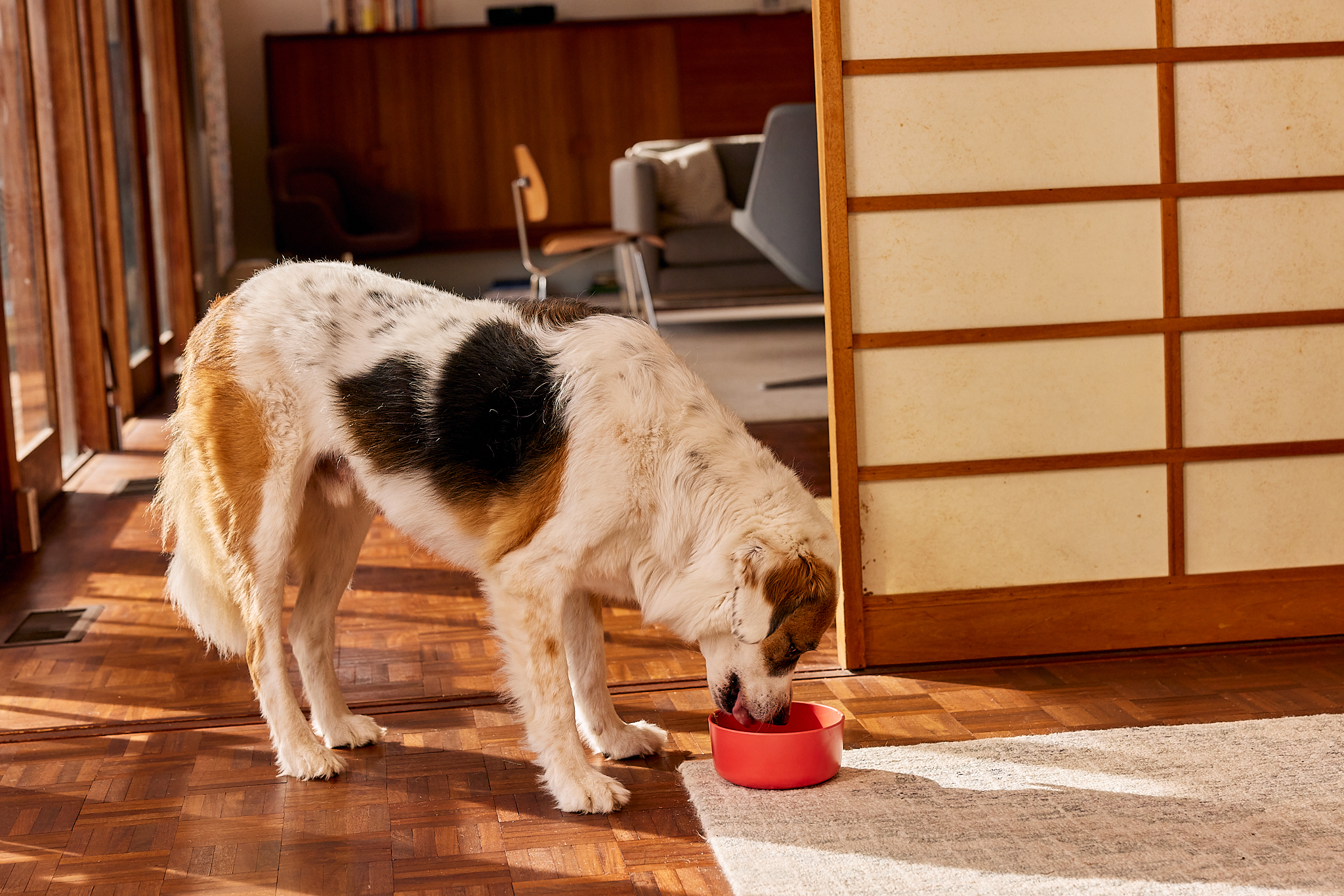Hey Ollie blog readers! We’re offering you an exclusive 60% OFF your starter box! Try now!
As a pup parent, your priority is keeping your dog happy and healthy: You make sure they get plenty of playtime, belly rubs, exercise, grooming, veterinary care, and nutritious food. You’d never feed them something you thought was unsafe. Since you’re probably not a pet food scientist, you rely on organizations like the Food and Drug Administration (FDA) and the Association of American Feed Control Officials (AAFCO) to ensure your dog’s food is good for them. If you are still wondering about the safety of your pup’s food, read on to learn more about what to look for and avoid in order to keep your best friend healthy and safe!
What are the roles of the FDA and AAFCO in dog food safety?
In case you didn’t know, the FDA is the federal agency that ensures your dog’s food (and yours) is safe to eat, free of contaminants, and truthfully labeled. AAFCO is not a government agency (it’s a voluntary organization) but it’s largely responsible for enforcing state laws and regulations concerning animal food—and it helps set those standards through labeling, ingredient, and nutritional requirements.
Between the FDA and AAFCO, you’d think your pup’s food is perfectly safe. But with pet food recalls and increased cases of Dilated Cardiomyopathy being reported, you might be wondering if that’s the case.
Unfortunately, it may not be—health and safety in the pet food industry has been a problem for years. Perhaps the worst year was 2007 when experts estimate that at least 8,000 pets died after being poisoned by tainted food. In the years that followed, new pet food safety legislation was passed but critics say it wasn’t enough. They might be right considering the high number of food recalls and poisonings in 2018 alone.
Take, for instance, the death of Telula, a beloved family dog in Washington, D.C., who died of dog food poisoning. According to Telula’s mom, Nikki Mael, within minutes of eating a can of dog food, Telula and her four other dogs were falling over, running into the walls, and convulsing. Mael rushed the animals to the emergency vet. Just a few hours later, Mael received the devastating news: Telula wasn’t going to make it.
Desperate to understand what happened, Mael sent the remainder of the food to a specialized lab for testing and drove Talula’s lifeless body to a veterinary pathologist for a postmortem examination. The results indicated that Telula’s dog food was poisoned with a lethal drug called pentobarbital that’s most commonly used to euthanize dogs, cats, and some horses. It’s illegal to use the deadly toxin to kill animals that are part of the food supply…so how did it end up in Telula’s food?
Some experts say animals that have been euthanized are picked up by renderers who process the carcasses, which may be blended into pet food. According to a 2004 report to Congress, sources for rendered materials include "dead animals from farms, animal shelters and other facilities." Under federal law, these are considered “adulterated ingredients,” which are defined partly as “an animal which has died otherwise than by slaughter.” Adulterated ingredients are illegal in all food for humans and animals.
Yet, the FDA seems to turn a blind eye. In its own compliance policy, the FDA acknowledges it is violating the law and states: “pet food consisting of material from diseased animals or animals which have died otherwise than by slaughter, which is in violation of 402(a)(5) …will be considered fit for animal consumption.” In other words, the FDA is saying: Yeah, it’s a violation of the law, but go ahead, we’re not going to do anything.
That’s the exact problem with the pet food industry: Though health and safety regulations exist, they aren’t always followed or enforced. A report on pet food by the Cornucopia Institute (a public interest group) confirms how regulatory loopholes allow some pet food makers to get away with using ingredients you’d never want your dog to eat.
How can you ensure the food you feed your pup is safe?
While the story of Telula and other pets may be scary, there are ways to ensure you are feeding your pet high quality, nutritious, and safe food. The main thing you can do is read the label of your dog’s food. AAFCO has a guide to reading dog or cat food labels on their website which you can use to educate yourself on what you should (and shouldn’t) see when you read a dog food label.
The most important things to look for on the label include:
Named proteins
If a dog food has a named ingredient in the title, like Chicken Recipe. This means that chicken should make up at least 25% of the food. Dog food labels list ingredients by volume. This means the higher up on the ingredient list, the more of that ingredient is in the food.
Species life stage and condition
You should be looking for dog food (species). AAFCO recognizes the following life stages: gestation/lactation, growth, maintenance and all life stages.
Guaranteed analysis
This refers to the amount of specific nutrients in the food.
Avoid giving your dog foods with:
- Corn and wheat gluten
- Meat and grain meals and by-products
- BHA (Butylated Hydroxyanisole)
- BHT (Butylated Hydroxytoluene)
- Ethoxyquin
- Food Dyes (Blue 2, Red 40, Yellow 5 and 6, 4-MIE)
- Propylene Glycol
- Rendered fat
- Artificial preservatives
At Ollie, we take food safety and the health of your pets very seriously. We choose human-grade meats for each of our recipes and mix them with fruit and vegetables like kale , pumpkin, blueberries, and spinach. Our recipes are gently cooked, packeged and frozen so we can ship them right to your door.
We never use any preservatives or cheap fillers. Just simple ingredients you can trust. If you ever have any questions about what does (or does not) go into our food, contact us. We are happy to talk with you about any questions or concerns. We started Ollie to give our best friends the most delicious and nutritious food. We want to do the same for your pet.
At the end of the day, you shouldn’t have to be a pet food detective to figure out what’s in your dog’s bowl. If your dog’s food looks like something you’d never want to touch, chances are they should keep their paws off it too.
The Ollie blog is devoted to helping pet parents lead healthier lives with their pups. If you want to learn more about our fresh, human-grade food, check out MyOllie.com.
Tagged As:

The nutrition your dog needs,
the food they want.

Enjoying our articles? Subscribe our Newsletters and get new articles directly to your inbox
You might also like
4 June 2025
7 MINS READ
Feed Their Future: Why Human-Grade Food Matters for Puppies
Among the many decisions you’ll make as a new pet parent, choosing the right food for your growing puppy is one of the most important. The quality of your puppy’s diet can impact their developme…
by Ollie Pets
4 June 2025
6 MINS READ
How Does Fresh Dog Food Compare to Homemade?
As pet parents become more conscious about what goes into their dog’s food bowl, many are considering alternatives to traditional kibble. Two increasingly popular options are fresh dog food and ho…
by Ollie Pets
4 June 2025
5 MINS READ
How Can Fresh Dog Food Help with Weight Management?
Maintaining a healthy weight is one of the most important aspects of your dog’s overall health and longevity. Being overweight or underweight can result in health complications and conditions that…







